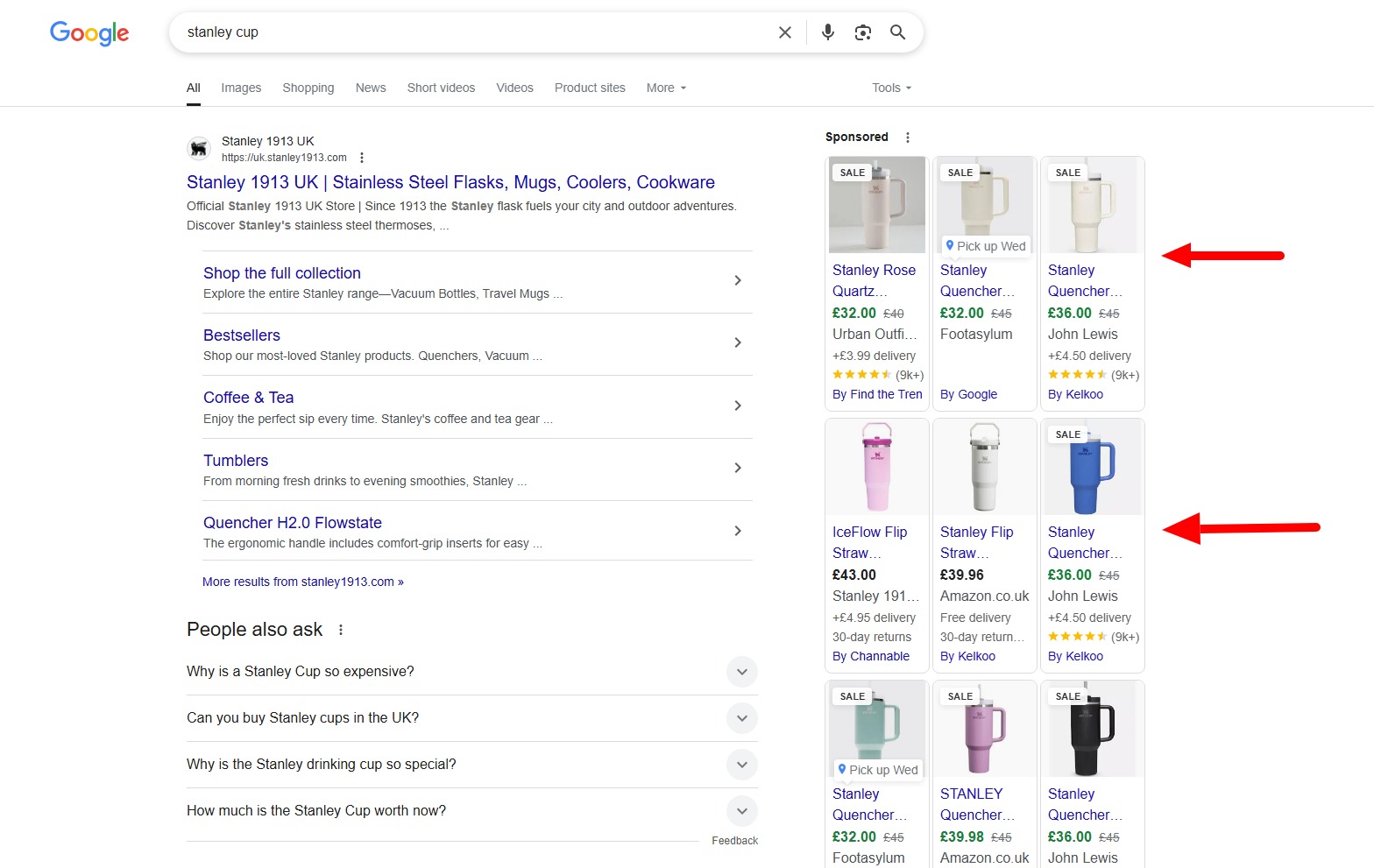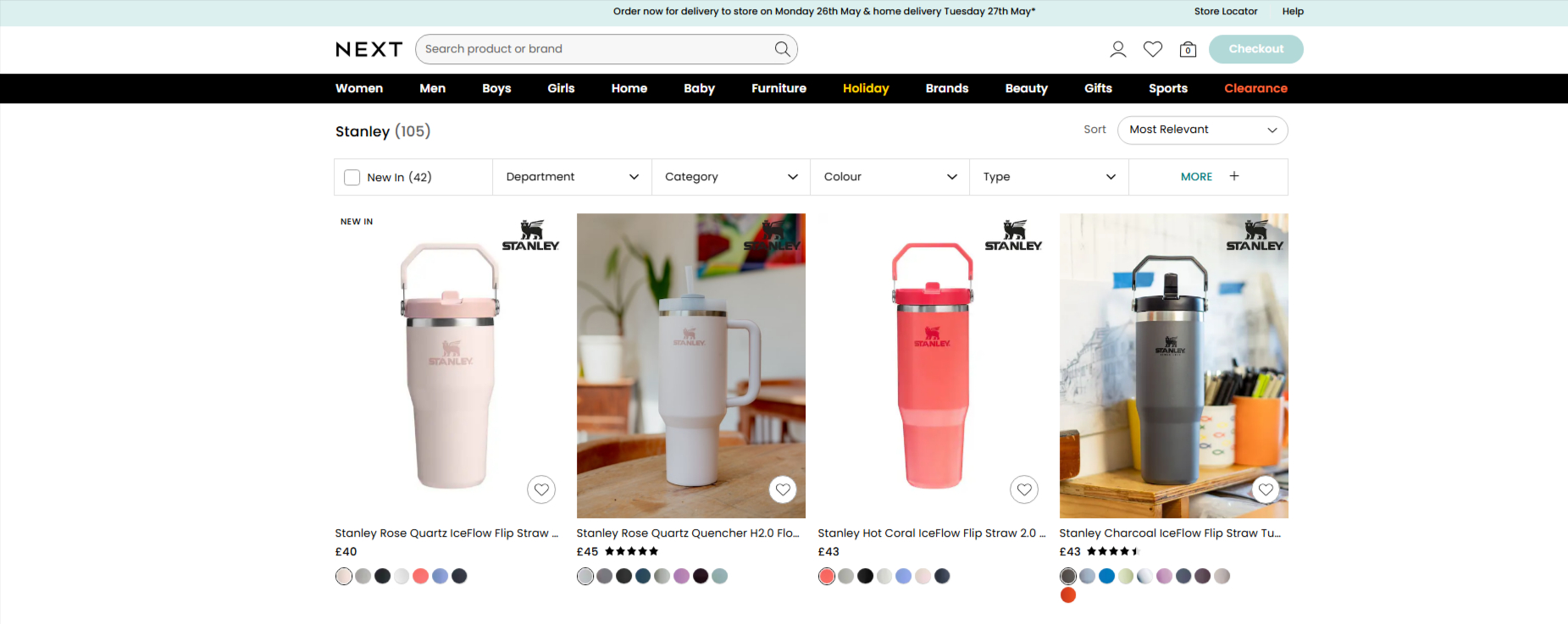Pay-per-click advertising remains one of the most effective ways to drive targeted traffic and sales for e-commerce businesses. Gone are the days of traditional marketing strategies, which have become obsolete over time. With the right modern strategies, you can maximize your return on investment while reaching customers who are ready to purchase. Here are the top PPC strategies for e-commerce websites that are proven to deliver the best results in the long run.
Google Shopping campaigns are essential for e-commerce success because they display your products directly in search results with images, prices, and store information. These visual ads capture attention and drive qualified traffic since users can see exactly what you’re selling before clicking. Set up your Google Merchant Center account first, then upload a product feed containing accurate product information, prices, and high-quality images. Organize your campaigns by product categories or profit margins to better control bidding and budget allocation. Use negative keywords to prevent your ads from showing for irrelevant searches, which wastes budget and reduces campaign efficiency. Smart bidding uses machine learning to optimize your bids automatically based on your specific goals. For e-commerce, Target ROAS (Return on Ad Spend) and Target CPA (Cost Per Acquisition) are the most valuable automated bidding strategies. Target ROAS works best when you have clear profit margins and want to maintain profitability. Set your target based on your desired return – if you want to make $4 for every $1 spent on ads, set your Target ROAS to 400%. Target CPA focuses on getting conversions at a specific cost, which works well for businesses prioritizing customer acquisition over immediate profitability. Allow smart bidding algorithms at least two weeks to learn and optimize before making major adjustments. Provide the system with conversion data by implementing proper tracking and importing offline conversions when possible. The more data you provide, the better these algorithms perform. Your ad copy directly impacts click-through rates and conversion quality. Write headlines that include specific product names, key features, and compelling benefits. Instead of generic phrases like “Great Products,” use specific language like “Wireless Noise-Canceling Headphones – 30-Hour Battery Life.” Include pricing information in your ads when competitive, as this pre-qualifies clicks and reduces wasted spend on price-sensitive shoppers. Add promotional offers, seasonal sales, or unique selling propositions to differentiate your ads from competitors. You can also use ad extensions extensively, particularly sitelink extensions that direct users to specific product categories, promotion extensions for current sales, and callout extensions highlighting free shipping or return policies. These extensions increase your ad’s real estate and provide more reasons for users to choose your business. Remarketing campaigns target users who previously visited your website but didn’t complete a purchase. These campaigns typically achieve higher conversion rates at lower costs because you’re reaching people already familiar with your brand. Create segmented remarketing lists based on user behavior. Target cart abandoners with ads featuring the specific products they viewed, offer first-time visitors a discount code to encourage their initial purchase, and show past customers complementary products or seasonal items. Use similar audiences to reach new potential customers who share characteristics with your existing buyers. Custom intent audiences allow you to target users actively researching products similar to yours by analyzing their recent search behavior and website visits. Your PPC success depends heavily on what happens after users click your ads. Create dedicated landing pages for your campaigns that match the ad’s message and imagery. If your ad promotes running shoes, direct users to a running shoe category page, not your homepage. Make sure your landing pages load quickly, as even small delays significantly impact conversion rates. Optimize images, minimize plugins, and use a reliable hosting service. Mobile optimization is crucial since many e-commerce purchases now happen on smartphones. Track metrics that directly relate to your business goals rather than vanity metrics. Cost per acquisition (CPA) tells you how much you’re spending to gain each customer, while return on ad spend (ROAS) shows your campaign’s profitability. Monitor impression share to ensure you’re not missing opportunities due to low bids or insufficient budget. Click-through rate indicates how compelling your ads are to your target audience, while quality score affects your ad costs and positioning. Set up conversion tracking for multiple actions, including purchases, email signups, and product page views. This data helps you understand the customer journey and optimize campaigns for users at different stages of the buying process. Tracking and analyzing these metrics requires significant time and expertise, especially as your campaigns grow in complexity. Many businesses seeking professional PPC services in Somerset, UK, find that outsourcing campaign management allows them to focus on other aspects of their business while experts handle the technical optimization. Professional PPC managers have access to advanced tools and stay updated with platform changes, ensuring your campaigns remain competitive and profitable. Regular testing improves campaign performance over time. Test different ad headlines, descriptions, and calls-to-action to identify the most effective messaging. A/B test landing pages to improve conversion rates and reduce acquisition costs. Experiment with different keyword match types and bidding strategies. Broad match keywords can discover new relevant search terms, while exact match provides more control over when your ads appear. Regularly review search term reports to add negative keywords and identify new targeting opportunities. Test different campaign structures and budget allocations. Sometimes consolidating campaigns improves performance, while other times separating products into distinct campaigns provides better control and optimization opportunities. Successful e-commerce PPC requires combining strategic campaign setup with ongoing optimization and testing. Focus on Google Shopping campaigns for product visibility, implement smart bidding for efficiency, and create compelling ads that drive qualified traffic to optimized landing pages. Implementing these top PPC strategies for e-commerce websites can significantly increase your online sales while reducing customer acquisition costs. With consistent application of these strategies, your e-commerce PPC campaigns will drive sustainable growth and profitability. Moiz Banoori is a seasoned Digital Marketing professional with over eight years of expertise in content creation and digital journalism. At REDLUMB, he spearheads teams to craft impactful SEO strategies that drive online growth and visibility. With a background in journalism, Moiz leverages his expertise in digital marketing to develop effective strategies that boost online visibility and help clients achieve their goals.
Plan Google Shopping Campaigns

Implement Smart Bidding Strategies
Create Compelling Product Ads
Leverage Audience Targeting and Remarketing
Optimize Landing Pages for Conversions

Monitor Key Performance Metrics
Test and Refine Continuously





